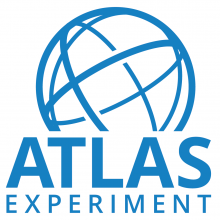Access to Collaboration Site and Physics Results
ATLAS Collaboration
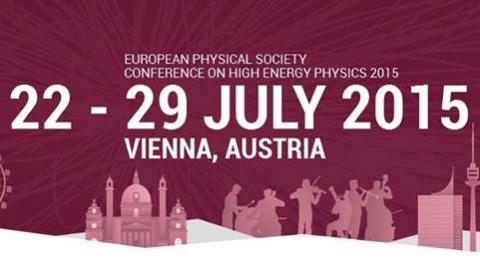
First Run 2 results to be presented at EPS
The first results using the record-breaking Run 2 data will be presented at the European Physical Society conference on High Energy Physics (EPS-HEP) in Vienna, 22-29 July. It will be an exciting opportunity to see how these first few weeks of data-taking have progressed.
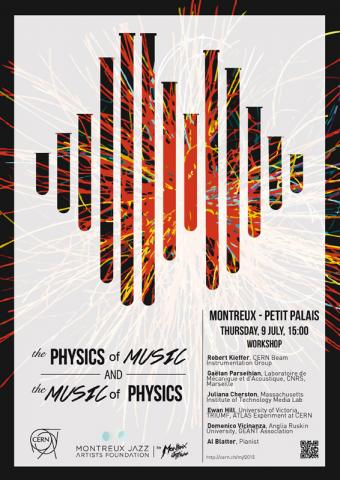
Musical Dimensions
CERN will be back at the Montreux Jazz Festival for its third annual workshop: 'The Physics of Music and The Music of Physics' on 9 July at 15:00 in Petit Palais. Live events from the ATLAS experiment mapped into music will feature as part of the event.
Run 2 of the LHC began this spring, bringing with it hopes and promise of new physics and discovery. One of many key items on the LHC shopping list is the existence of new spatial dimensions, a potential means to harmonise gravity in our theoretical understanding of nature.
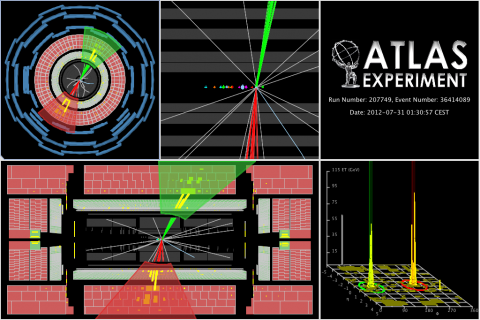
Run 1 search for new massive bosons builds excitement for Run 2
The ATLAS experiment is now taking data from 13 TeV proton-proton collisions. The increased collision energy and rate in these Run 2 collisions will allow physicists to carry out stronger tests of many theoretical conjectures, including several theories that predict more massive versions of force-carrying particles like the W and Z bosons.
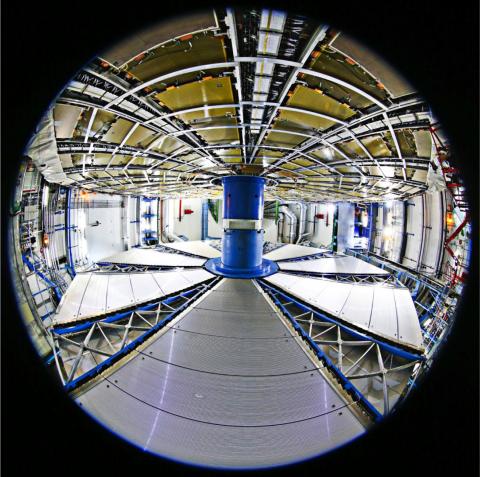
Review before Run 2
ATLAS is ready for Run 2 of the Large Hadron Collider (LHC) where proton beams will be collided together at a higher centre of mass collision energy of 13 TeV, and reach higher luminosities than ever before.
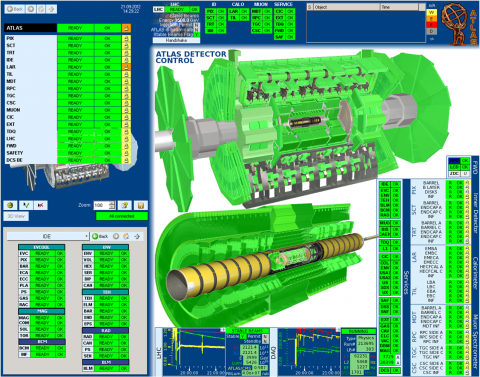
Coordination for collisions
There is the Large Hadron Collider and then there are its experiments. When the collider is ready to circulate proton beams, the experiments have to be ready to receive them.
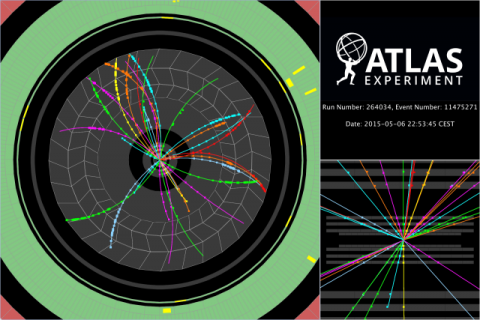
First collisions at injection energy
On the morning of 5 May 2015, ATLAS recorded the first scheduled proton beam collisions since the Large Hadron Collider and its experiments started up after two years of maintenance and repairs.
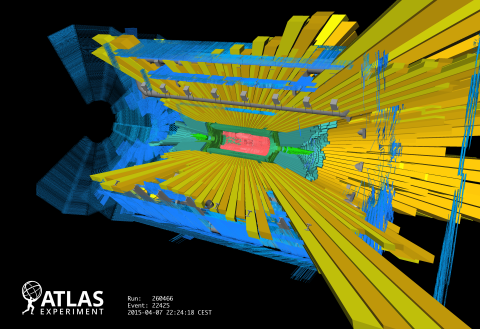
Splashes for synchronization
ATLAS uses "beam splash" events to provide simultaneous signals to large parts of the detector, and verify that the readout of different detectors elements are fully synchronized. After the first 2015 Large Hadron Collider beam circulation on Easter Sunday, a run dedicated to taking beam splash events was set up on Tuesday evening, 7 April.
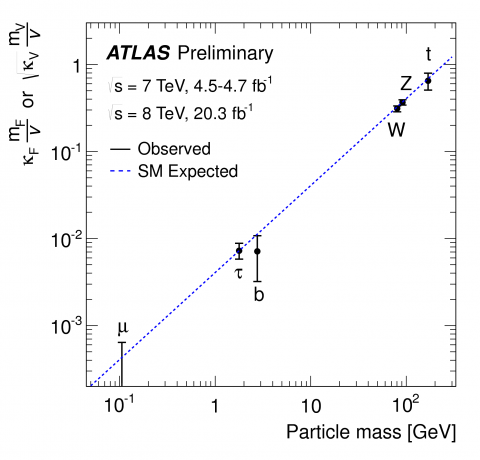
ATLAS further verifies Standard Model coupling/mass relationship of Higgs boson
The discovery of a Higgs Boson in 2012 by the ATLAS and CMS experiments marked a key milestone in the history of particle physics. It confirmed a long-standing prediction of the Standard Model, the theory that underlines our present understanding of elementary particles and their interactions.
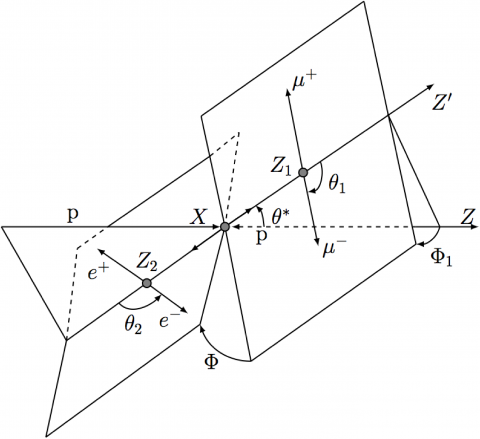
The scalar boson
The ATLAS experiment has released results confirming that the Higgs boson has spin 0 (it is a so-called “scalar”) and positive parity as predicted by the Standard Model, making it the only elementary scalar particle to be observed in nature.
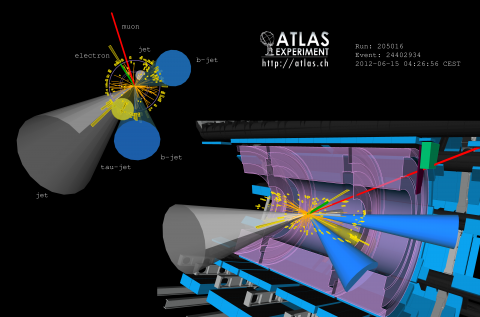
In search of rare Higgs boson production with top quarks
In proton-proton collisions, several processes can lead to the production of a Higgs boson. The most “frequent” process (which is about one collision in four billion!) is the fusion of two gluons, contained in the initial protons, into a Higgs boson through a “top-quark loop”. Least frequent is a mode where the Higgs boson is produced in association with a pair of top-quarks.


